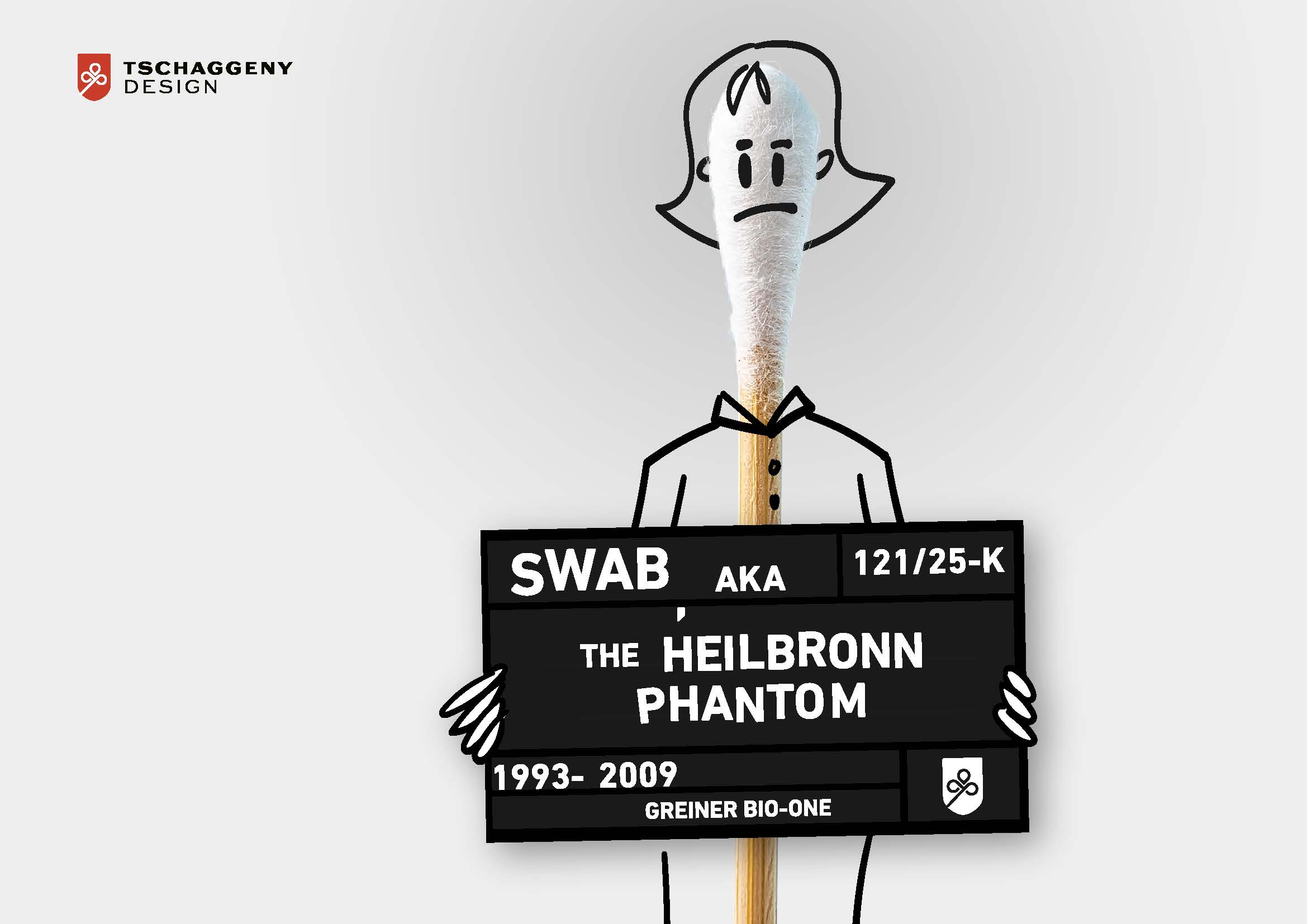
Design for Use is a people centric design philosophy that helps the designer focus on how the end user will interact with the product in both use and as part of the manufacturing system. The purpose of this design philosophy is to help the designer more efficiently develop products that can be actually used by people. “More efficiently develop” means reduce the number of design cycles needed to develop a useable product.
The end user is part of the manufacturing process because almost every product requires the end user to do some assembly before use.
Design for Use is based on human factors, ergonomics, design for assembly, design for manufacturing principles, observation and experience. Design for Use can be applied generally or it can be focused on specific industries, like medical diagnostics.
The general design rules from the Design for Use philosophy that can be universally employed are the following:
-
- Accept that people make errors
- Know your users and their environments
- Use people appropriately
- Provide feedback
- Simplify and minimize
- Standardize
- Design to be automated
To focus these rules on a specific industry, simply add additional industry specific rules to these general rules. For the medical diagnostic industry, the rule of “prevent contamination” was added because contamination can destroy the value of a diagnostic device.
A humorous but illustrating example of why prevent contamination was included as a design rule for medical diagnostics is the Phantom of Heilbronn. Heilbronn is a city in Germany where they thought there was a female serial killer on the loose in the mid 2000’s. The DNA of the same woman was showing up on numerous murder scenes. This case was very strange since females aren’t usually serial killers. This case became even more strange when the phantom was linked to petty crime, car theft and drug related crime. Long story short, the Phantom of Heilbronn didn’t exist. The cotton swabs that the police were using to collect DNA samples at the crime scenes were contaminated by a worker at the factory.
The Design for Use Rules when applied to the medical diagnostic industry are the following:
-
- Accept that people make errors
- Know your users and their environments
- Use people appropriately
- Provide feedback
- Simplify and minimize
- Standardize
- Design to be automated
- Prevent contamination
If you would like to learn more about the Design for Use design philosophy or Design for Use applied to the medical diagnostic industry, please contact us.

Recent Comments